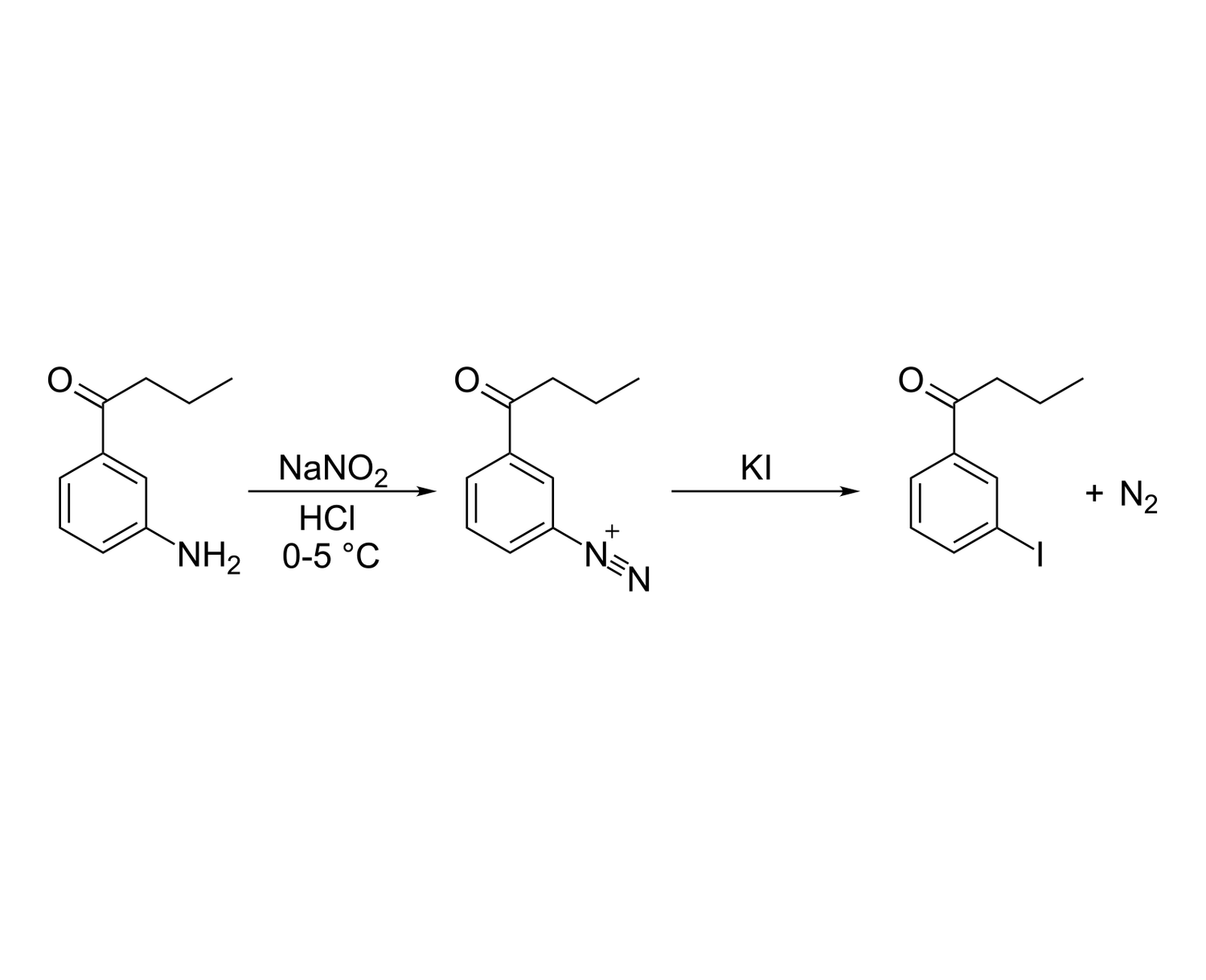Potassium iodide (KI) is a salt of stable iodine commonly known for its role in radiation protection. In the wake of nuclear disasters or other radiological emergencies, public health officials often distribute potassium iodide as a preventive measure to protect the thyroid gland. However, while KI is effective in certain aspects, it also has limitations. Understanding what potassium iodide can and cannot do is crucial for proper use during emergencies.
What Potassium Iodide Can Do
-
Protects the Thyroid from Radioactive Iodine: The primary function of potassium iodide is to protect the thyroid gland from absorbing radioactive iodine. When taken promptly, KI saturates the thyroid with stable iodine, preventing the uptake of the harmful radioactive isotopes released during nuclear accidents. This reduces the risk of developing thyroid cancer, particularly in children and young adults, who are more susceptible to the effects of ionizing radiation. The Centers for Disease Control and Prevention (CDC) provides guidelines on the use of KI in radiation emergencies (CDC on Potassium Iodide).
-
Quick and Easy to Administer: KI is available in tablet and liquid forms, making it easy to distribute and consume in emergency situations. This accessibility ensures that a broad segment of the population can be treated quickly and efficiently when a nuclear incident occurs.
What Potassium Iodide Cannot Do
-
Does Not Protect Against Other Radioactive Elements: Potassium iodide's protective effects are specific to radioactive iodine. It does not offer protection against other radioactive substances or external radiation exposure. For example, KI will not safeguard against radioactive cesium or strontium, nor will it reduce the overall radiation exposure to the body. This is a critical limitation, especially during events where multiple radioactive materials are released.
-
Not a Substitute for Evacuation or Sheltering: In the event of a nuclear disaster, the most effective way to protect oneself from radiation is to evacuate the area or find appropriate shelter. Potassium iodide should not be considered a substitute for these actions. It is only a supplementary measure to specifically protect the thyroid gland, not a standalone solution for nuclear emergencies.
-
Side Effects and Allergic Reactions: While generally safe for most people, KI can cause side effects, particularly if taken in doses higher than recommended or without medical supervision. Potential side effects include gastrointestinal upset, allergic reactions, and in rare cases, severe effects on the thyroid gland itself, such as thyroiditis or thyroid hormone imbalance. People with existing thyroid problems, allergies to iodine, or certain skin disorders should consult a healthcare provider before using KI.
Conclusion
Potassium iodide is a valuable tool in the public health arsenal against nuclear emergencies, specifically for protecting the thyroid from radioactive iodine. However, it is important to understand its limitations. KI is not a panacea for all radiation threats and should be used in conjunction with other protective measures, such as evacuation and sheltering. Public awareness and education on the correct use of potassium iodide, coupled with comprehensive emergency preparedness, are essential for maximizing safety in the event of a radiological disaster. For more detailed guidance, referring to authoritative sources such as the World Health Organization (WHO) can provide additional insights (WHO on Potassium Iodide).


Leave a comment
This site is protected by hCaptcha and the hCaptcha Privacy Policy and Terms of Service apply.